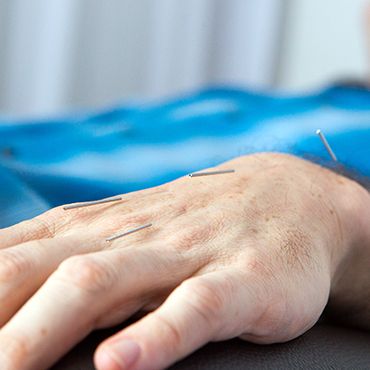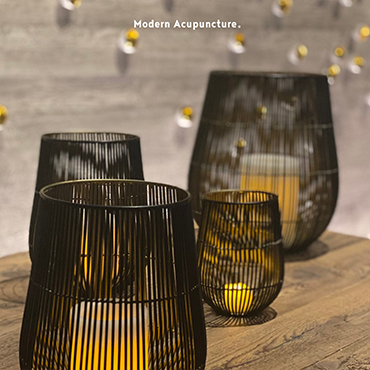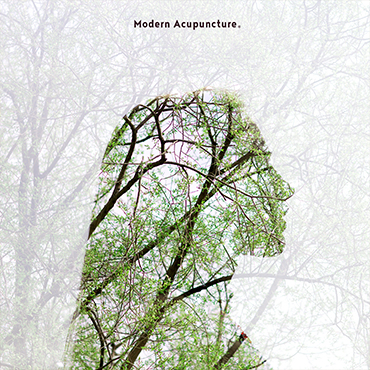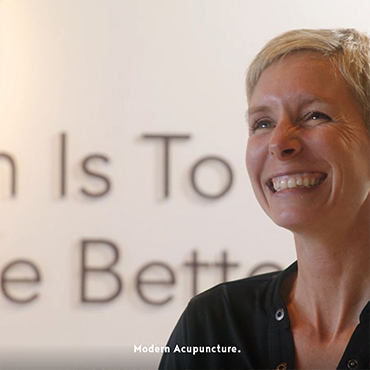What is the Difference Between Dry Needling and Acupuncture?

There is only one similarity between acupuncture and dry needling and that is the use of thin, stainless-steel needles for pain relief. According to the American Alliance for Professional Acupuncture Safety (AAPAS) dry needling is considered a type of acupuncture.
Dry needling is a form of intramuscular stimulation designed to ease muscular pain. This form of acupuncture is rather new. The term ‘dry needling’ stems from the practitioners’ use of filiform needles that are often very thin, short needles placed directly in the knot, muscle, or tissue surrounding.
There are healthcare professionals, such as Chiropractors or Physical Therapists, who administer dry needling, however there are no regulations or long training requirements in place to qualify the performance of dry needling techniques.
Acupuncture practitioner licensing and training is not only rigorous, but extensive. The American Medical Association (AMA) recommends that only practitioners such as doctors or acupuncturists, who have specialized training and licensing in safe needle use should treat patients with sterilized needles.
Acupuncture is a medical treatment, that has been practiced for thousands of years and originated in traditional Chinese medicine.
Acupuncturists undergo testing from a national board of examiners and continue learning more to maintain a license that most likely took them three to four years to accomplish. The training includes clinical instruction and condition diagnosing, under the supervision from a superior practitioner.
Hundreds of conditions and symptoms are successfully treated with acupuncture such as low back pain, knee pain, neck pain, migraines, headaches, anxiety, allergies and more.
For a deeper dive into dry needling vs. acupuncture check out the following articles from trusted sources.
Medical News Today - Dry needling vs. acupuncture: What the research says
Healthline - Dry Needling vs. Acupuncture: Which Is Right for You?
Acupuncture Relieves Stress and Pain
Modern Acupuncture® is a natural stress relief solution and the leading provider of Acupuncture in the U.S. The most studied theories show that Acupuncture stimulates the body to release naturally produced "feel good" endorphins and stimulates the parasympathetic or "rest and digest" response in our body, alleviating symptoms associated with stress and pain.
Visit the clinic nearest you today.
[Back to main news page]



